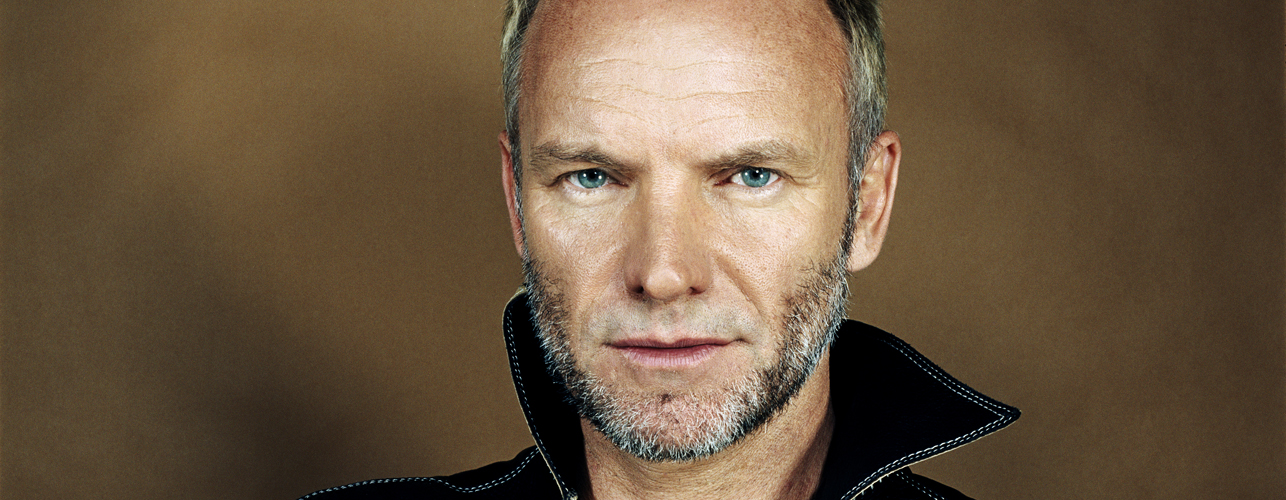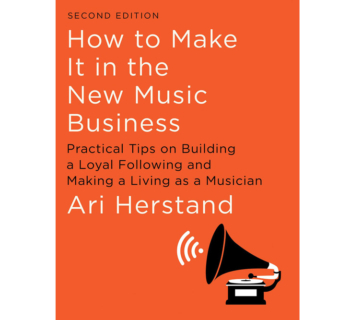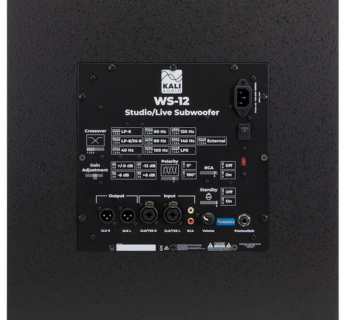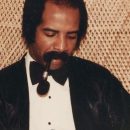No music-maker can afford to neglect the value and power of music video in today’s music world. Artists are making new fans and are even being discovered by major-label A&R scouts thanks to videos posted online. No one understands this field better than artist Ari Herstand, and he shares his hands-on, real-world knowledge with you in the following excerpt from his best selling new book, How To Make It in the New Music Business: Practical Tips on Building a Loyal Following and Making a Living as a Musician.
“Most of the time if you do a video, unless it’s a Kanye West video or something, it doesn’t have a real shoot. You scrape together a little bit of money and go out and do something.” – BEN FOLDS
It’s hard to look good on camera. And it has nothing to do with your looks. The act of lip syncing (and acting on cue) is incredibly unnatural. But then again, so is performing onstage in front of a bunch of people. It takes practice to get good at it. Whether you’re creating a $200,000 music video with a cast and crew of 150 union members or a $100 music video shot by your roommate with a cast and crew of your girlfriend, brother and mom, there are some key components that every video needs in order to meet today’s professional standards. You don’t need a ton of money these days to make a great-looking video. All you need is a great concept, people who know what they’re doing, a little bit of gear and lots of time.
The Concept
An inexpensive creative concept will perform better than a high-priced paint-by-numbers music video every time. So get creative. Obviously, if you’re making a video for an intimate piano ballad, you aren’t going to go skydiving for it. The concept, as creative as it may be, should match the song’s vibe, energy and feel. The purpose of a music video is to enhance the song. Not detract from it. A super creative video (that perfectly complements the song) is how you go viral. And it doesn’t need to be expensive. OK Go were the first to prove this with their “Here It Goes Again” music video back in 2006. The video, which got over 50 million views, helped propel the single to the Billboard Hot 100 charts. The video cost very little. It was shot with a single, stationary camera and had no cuts. No edits. The band did a choreographed dance on six treadmills. It matched the tone of the song (and band) perfectly.
Gotye exploded because of his creative, body-paint, stop-motion video for “Somebody That I Used To Know.” Sia’s near one-take video for “Chandelier” featured an uber-creepy, wildly talented and super captivating dancing 11-year-old girl. Kina Grannis spent over a year making her jelly-bean–themed stop motion video for “In Your Arms.” Black Keys’ “Lonely Boy” video is a single-take shot of a boisterous dancing businessman. Oren Lavie’s “Her Morning Elegance” video is a single-angle shot of a bed while the sleeping protagonist gracefully explores pillow adventures through fantastical wonderlands, all by the magic of stop motion photography.
These videos were all created on a relatively low budget. But this takes convincing very talented people to work hours upon hours for free or very little. So, getting the right crew is crucial. To help generate inspiration and focus your creative direction, make a list of music videos you love that don’t look too expensive.
The Crew
Hollywood has special titles for every single person who works on a film set, from Best Boy and Grip to 2nd AD and PA. Two minutes of network television could take six hours and 100 people to create. Your music video doesn’t need fancy titles or craft services to be great. You need a dedicated crew of passionate people who all believe in the success of the video. For most of your early videos, you will wear most of the hats, but you will need at least a few people to help out. Learn as much as you can, though, so you can be as independent as possible.
Producer
Whether you’re working on a multimillion-dollar film or a $100 music video, the producer is one of the most important people for the success of the project. The producer is the project manager. She finds and hires the entire crew, finds all locations and tracks down all necessary equipment. A producer who has tons of connections can get all sorts of deals. If she really believes in your project, she can call in all of her favors.
Director
The director is the brain. The leader. The idea person. She has the vision. The director will work with you on putting together the concept. She will, uh, direct everyone on set and has a solid understanding of everyone’s role and the equipment necessary to achieve the goal of the video. She is a part of the project from concept to final editing. If she doesn’t do the shooting, editing and coloring herself, she works alongside these individuals to attain her vision.
DP
DP means director of photography. This is the person who runs the camera. For low-budget shoots, it will most likely be the director or a fellow bandmate. For higher-budget shoots, a DP is hired specifically for her expertise and ability to realize the director’s vision. Professional DP’s know how to operate the most complicated (and expensive) cameras in the world and know what it takes to realize nearly any concept.
PA
PA means production assistant. These are your friends who have volunteered to help you throughout the shoot. They do everything and anything you need, from positioning lights (when there are no lighting crew members), to running the playback, to making coffee, to running to Home Depot for an extension cable, to washing the windows you’re shooting through.
Work with Students
Bring a film student on board to help with something. Call it an internship. Film students have access to state-of-the-art equipment for free. Regardless of their confidence level, most film students on their own are not experienced enough to create a video up to the professional standards you require. But if you have one very experienced filmmaker to lead the operation, the film student can help with equipment and location needs (and more PA’s), while getting great experience and building his résumé. Most film students would jump at the opportunity to work on a band’s music video—no matter how low-budget it is.













